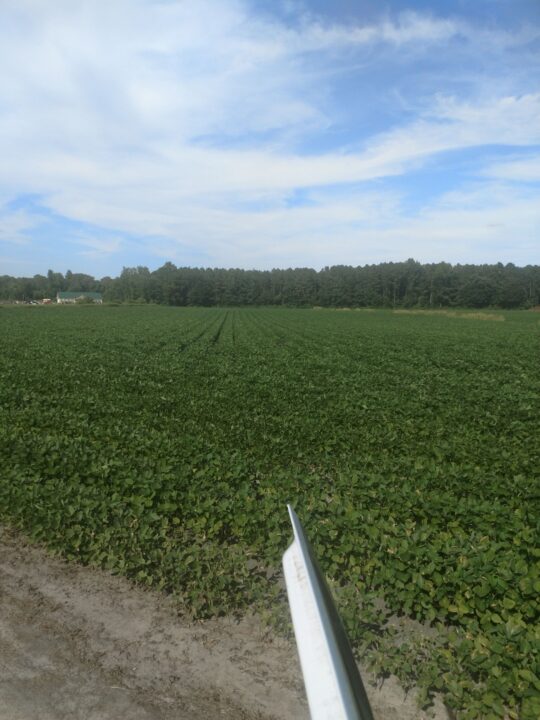Researchers Unlock Secret Recipe For Great Tasting Tomatoes

A team of researchers, including members of University of Florida’s Institute of Food and Agricultural Sciences (UF/IFAS), have identified the chemicals inside heirloom tomatoes that make people enjoy their taste, and the discovery is expected to enable them to create better-tasting tomatoes for the commercial market.
Heirloom tomatoes are old varieties not bred for large-scale production and prized for their true tomato taste; something that many believe has been lost in commercial tomatoes. The research is detailed online in the May 24 issue of Current Biology.
“A big problem with the modern, commercial tomato is that growers are not paid to produce a tomato that tastes good,” said Harry Klee, an eminent scholar and professor in the UF/IFAS horticultural sciences department. “They are paid purely on how many pounds of tomatoes they put into boxes.”
Florida is a top producer of fresh tomatoes, and the state’s crop for 2010-2011 was valued at $431 million.
To make the discovery, Klee and a team of researchers determined the chemical components of nearly 100 tomato varieties, including many heirlooms; calculated the levels present of each chemical identified; and then subjected the tomatoes to taste tests. The taste tests were comprised of 13 panels of 100 people who rated each tomato’s taste.
The researchers then statistically analyzed their data to ascertain the chemicals that were most abundant in tomatoes people liked the most and the least.
The research showed that some chemicals that scientists previously thought were important weren’t and some they thought weren’t, were.
For example, cis-3-hexenal had long been considered to be important to tomato taste, mostly because it is so abundant in many tomatoes.
However, it has zero correlation to what people like, Klee said.
On the other hand, geranial, which was considered less important, correlated strongly with the highest-rated tomatoes and enhanced sweetness, the research showed. “We really have to rethink the way that we look at what is the chemistry of flavor,” Klee said.
Klee’s research has begun focusing on ways to transfer the chemicals important to taste into commercial tomato varieties that produce higher yields and have better disease resistance than heirlooms.
Klee said during the taste panels, administered by Charles Sims, chairman of the UF/IFAS food science and human nutrition department, several heirloom varieties received high scores.
These included the cherry tomatoes Cherry Roma and Maglia Rosa; the somewhat medium-sized Ailsa Craig and the large German Queen tomato. These heirlooms are excellent candidates for transfer of good flavor into commercial varieties, Klee said.
Some of the chemicals uncovered during the research also have potential applications outside of tomato breeding, said team member Linda Bartoshuk, Bushnell Professor in the UF College of Dentistry and director of human research at UF’s Center for Smell and Taste.
“Using statistical analysis, we found volatile chemicals that are contributing to sweet independent of sugar,” Bartoshuk said.
This could be important to the food industry, she said, as foods, such as fruit juices, can be made to taste sweeter without added sugar or artificial sweeteners. UF has applied for a patent on the chemicals.
The research was funded by the National Science Foundation, UF/IFAS and Seminis Vegetable Seeds Inc.









